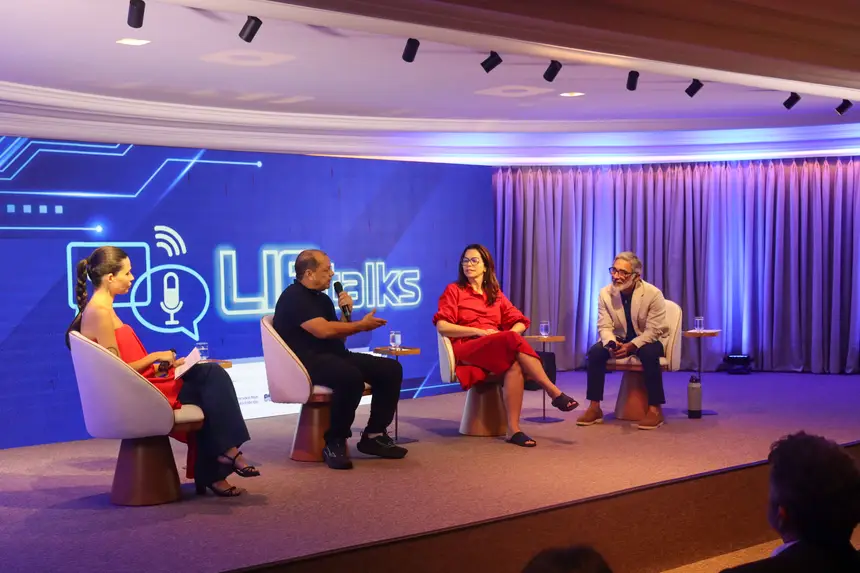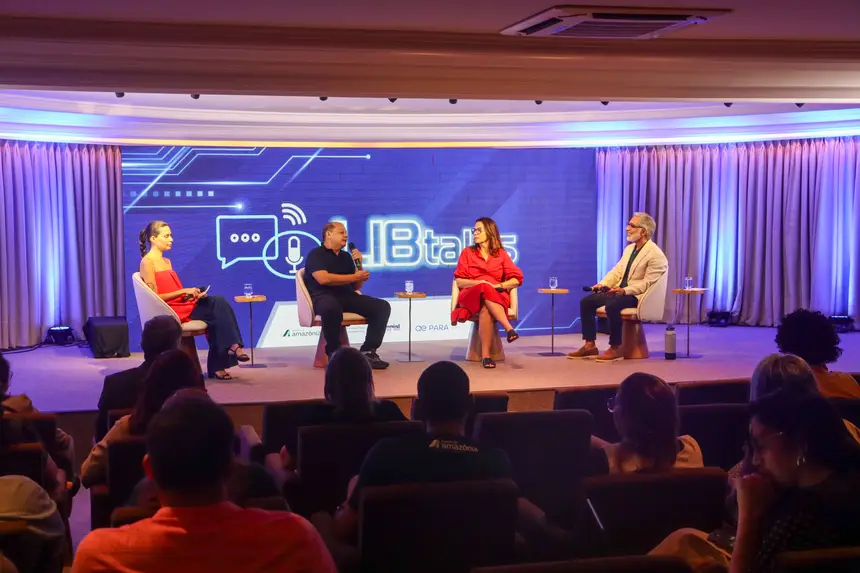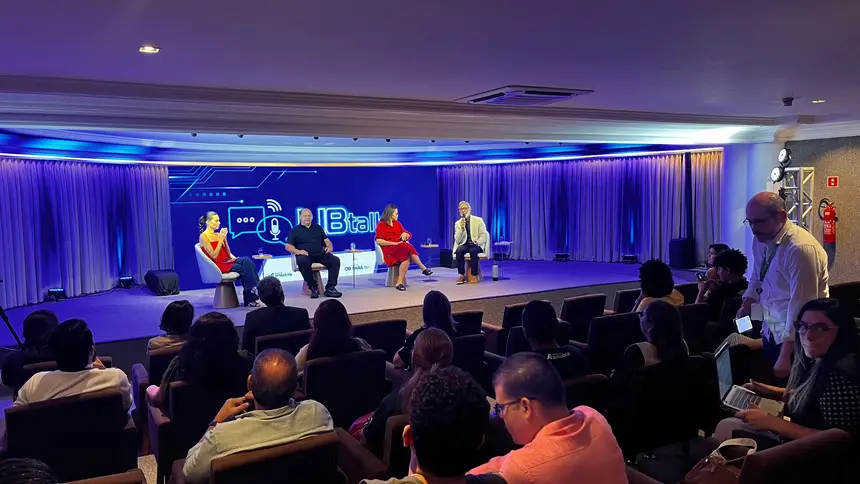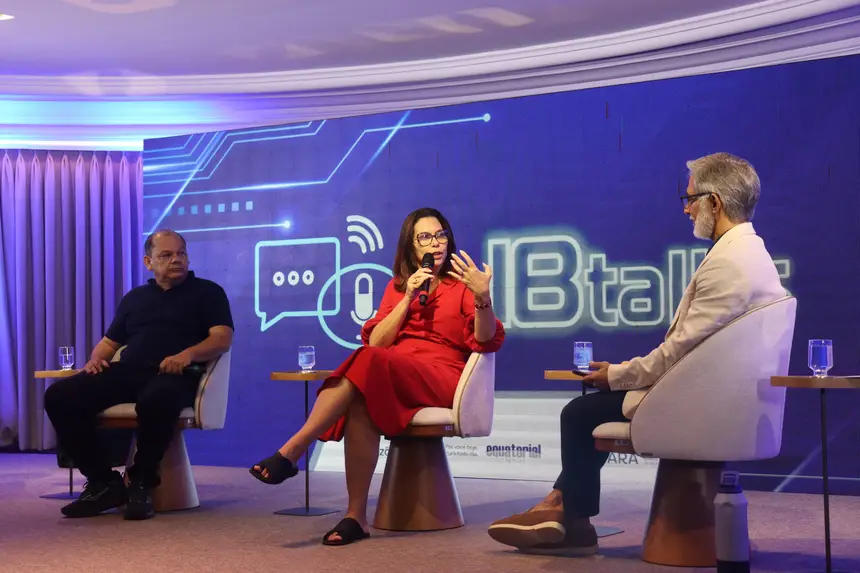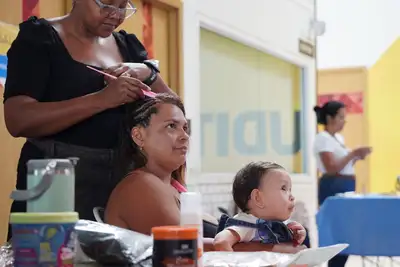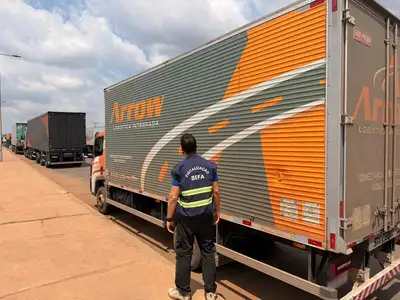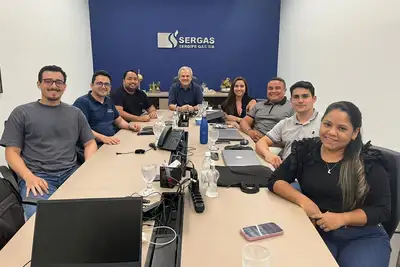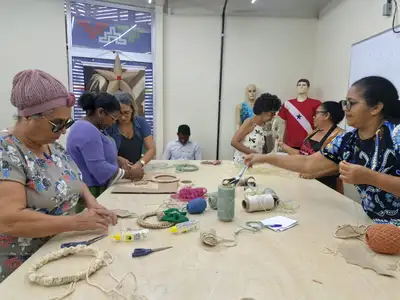Semas promotes bioeconomy and presents results for the Amazon in panel
Deputy Secretary of Bioeconomy, Camille Bemerguy, highlights the State Bioeconomy Plan and the role of the new Bioeconomy and Innovation Park
The State Government, through the Secretary of Environment, Climate and Sustainability (Semas), reinforced its leading role in the bioeconomy agenda during the panel "Bioeconomy: the sustainable future of the Amazon," promoted by Grupo Liberal, on Wednesday (26), in Belém.
The deputy secretary of Bioeconomy at Semas, Camille Bemerguy, presented the structuring bases of the State Bioeconomy Plan (PlanBio), its results, investments, and the strategic role of the newly inaugurated Bioeconomy and Innovation Park of the Amazon, located in the Porto Futuro Complex.
Camille highlighted that PlanBio is a policy built in an unprecedented way in Pará, with the direct participation of indigenous peoples, quilombolas, extractivists, academia, the private sector, the third sector, and the government. "The plan is a projection. It was built collectively, with all the secretariats and different social actors. We have 123 actions planned, with 80% already in implementation and about 15% completed. Everything is monitored by the transparency platform, allowing society to follow each step."
Pará needed to clearly define the bioeconomy model it wants to build, establishing bases and premises that guide the policy. Government, researchers, and entities had to immerse themselves in the communities that live off the environment. "To create a new economy that maintains the forest, values traditional knowledge, and repositions Pará towards carbon neutrality, we need to know what is and what is not bioeconomy. Açaí is bioeconomy; its monoculture is not. This definition is essential to transform the economic structure," explained Camille.
Over three years of implementation, the State has already invested more than R$ 900 million in the area, impacting 400,000 people and strengthening about 5,000 sustainable businesses. This progress was only possible thanks to the participatory nature of the plan, as the first co-constructed public policy of this magnitude, with a whole year of workshops, listening sessions, and visits to the territories. This allowed for understanding bottlenecks and real needs to guide effective actions.
Bioeconomy and Innovation Park: an ecosystem to scale the forest economy
Camille explained that, to scale bioeconomy and integrate research, innovation, traditional knowledge, and entrepreneurship, the State launched the Bioeconomy and Innovation Park of the Amazon, inaugurated in the Porto Futuro Complex. "We created an ecosystem that promotes synapses between startups, investors, the scientific community, and community businesses. It is an environment where tradition and innovation meet, allowing products like açaí oil to scale and reach new markets."
The park, according to her, surprised international delegations at COP, being recognized as a long-term strategic bet. "It is an ambitious project that looks to the present and the future. It strengthens traditional bioeconomy and opens space for a biotechnological bioeconomy, based on advanced research of our biodiversity."
Final message and invitation to society
Concluding her participation, Camille emphasized the strategic moment experienced by Pará: "I am very optimistic. We are living a unique moment, and in the post-COP we need to be even more united to give visibility to bioeconomy. We still fail in communication, but we are here to overcome that. I invite everyone to get to know the Bioeconomy and Innovation Park. The best advertisement is to go there and see. Understand the intelligence behind this space, which will transform the state's bioeconomy."
Text by Lucas Maciel / Ascom Semas


